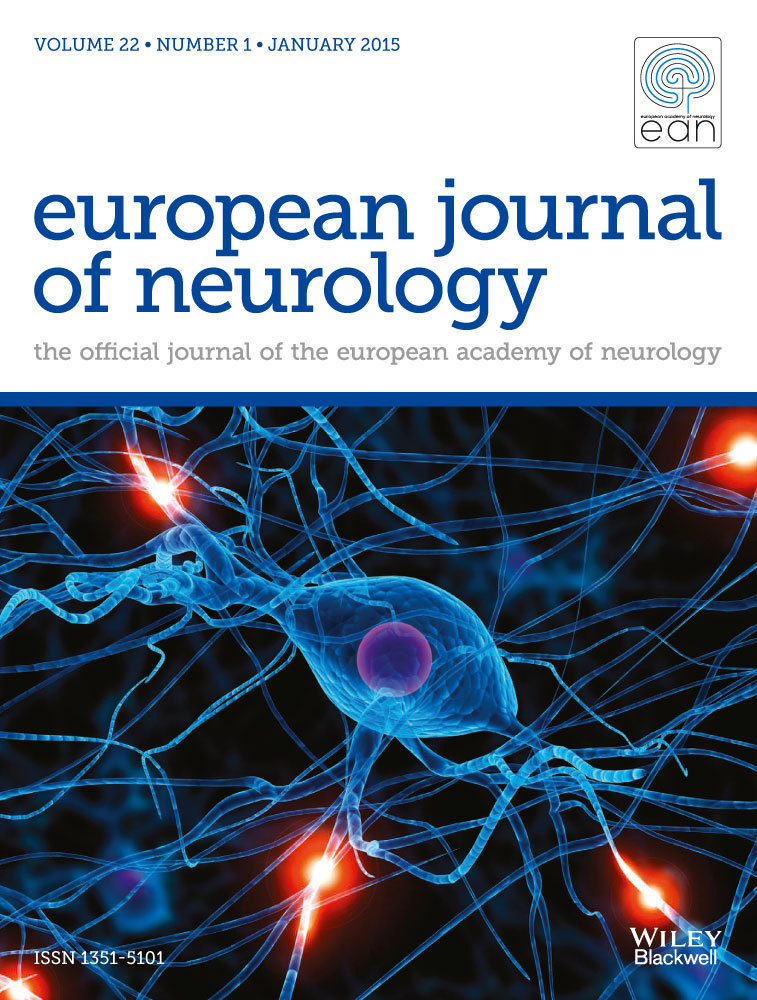Repurposing chemotherapy-induced peripheral neuropathy grading
Abstract
Background and Purpose
Chemotherapy-induced peripheral neuropathy (CIPN) is perceived differently by patients and physicians, complicating its assessment. Current recommendations advocate combining clinical and patient-reported outcomes measures, but this approach can be challenging in patient care. This multicenter European study aims to bridge the gap between patients' perceptions and neurological impairments by aligning both perspectives to improve treatment decision-making.
Methods
Data were pooled from two prospective studies of subjects (n = 372) with established CIPN. Patient and physician views regarding CIPN were assessed using the National Cancer Institute Common Terminology Criteria for Adverse Events (NCI-CTCAE), Total Neuropathy Scale–clinical version (TNSc) items, and the disease-specific quality of life - Chemotherapy-Induced Peripheral Neuropathy questionnaire (QLQ-CIPN20) from the European Organization for Research and Treatment of Cancer (EORTC). To identify inherent neurotoxic severity patterns, we employed hierarchical cluster analysis optimized with k-means clustering and internally validated by discriminant functional analysis.
Results
Both NCI-CTCAE and TNSc demonstrated a significant difference in the distribution of severity grades in relation to QLQ-CIPN20 scores. However, a proportion of subjects with different neurotoxic severity grades exhibited overlapping QLQ-CIPN20 scores. We identified three distinct clusters classifying subjects as having severely impaired, intermediately impaired, and mildly impaired CIPN based on TNSc and QLQ-CIPN20 scores. No differences in demographics, cancer type distribution, or class of drug received were observed.
Conclusions
Our results confirm the heterogeneity in CIPN perception between patients and physicians and identify three well-differentiated subgroups of patients delineated by degree of CIPN impairment based on scores derived from TNSc and QLQ-CIPN20. A more refined assessment of CIPN could potentially be achieved using the calculator tool derived from the cluster equations in this study. This tool, which facilitates individual patient classification, requires prospective validation.


 求助内容:
求助内容: 应助结果提醒方式:
应助结果提醒方式:


